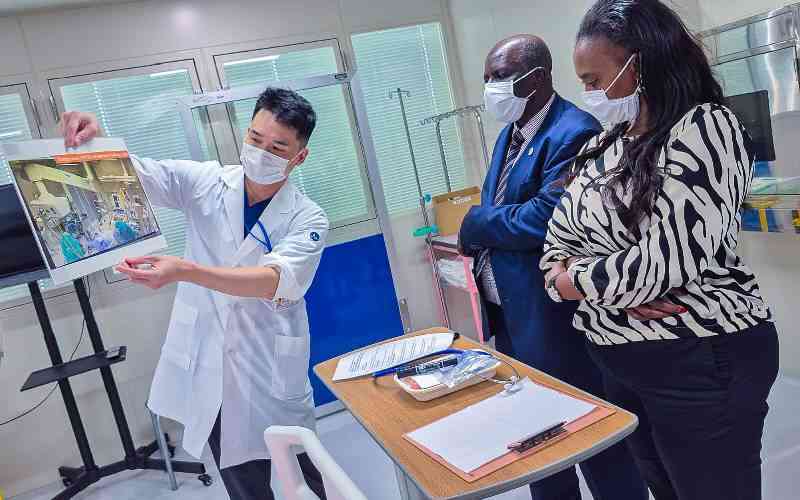Kenya has unveiled bold plans to begin local vaccine manufacturing by 2027, a milestone that could reduce the country’s reliance on donor support and strengthen health security across East Africa. The move reflects a broader ambition to position Kenya as a regional hub for vaccine production while aligning with Africa’s goal of producing 60 percent of its vaccines locally by 2040.
The announcement was made during the Ninth Tokyo International Conference on African Development (TICAD9), where Kenya deepened its collaboration with Japan on health innovations and technology transfer. Officials emphasized that the initiative is not just about building factories but about creating long-term resilience through political commitment, community involvement, and cross-border partnerships.
Currently, Kenya spends about KES 8 billion annually on vaccines, with most supplies sourced externally. While the country has achieved more than 80 percent childhood immunization coverage, it remains heavily dependent on international suppliers and donor support. With local production, Kenya hopes to ease fiscal pressures, especially as it prepares to graduate from Gavi and UNICEF support by 2027.
The Kenya BioVax Institute will spearhead the manufacturing drive with support of around KES 8 billion from the World Bank. Initial production will prioritize typhoid and pneumococcal vaccines, before scaling to cholera, Ebola, and routine immunizations such as polio, tetanus, and Hepatitis B. The long-term strategy also envisions expanding into biotherapeutics, including insulin and antivenoms, to strengthen healthcare delivery.
A 2025 feasibility study outlined plans for a “smart vaccine manufacturing facility,” integrating modern technologies with robust regulatory oversight to meet global standards. International partnerships have also been key, with the International Vaccine Institute set to establish a regional office in Nairobi to coordinate the Advancing Vaccine End-to-End Capabilities (AVEC) project.
While challenges remain—including the high costs, need for skilled personnel, and complex regulatory requirements—Kenya sees even partial manufacturing capacity as a critical step toward regional health resilience. By reducing exposure to global supply chain disruptions and positioning itself as a supplier to neighboring countries, Kenya could significantly boost its role in Africa’s healthcare future.
As the 2027 target approaches, the focus will be on translating these ambitious commitments into tangible progress. Success would not only enhance Kenya’s healthcare independence but also serve as a model for other African nations seeking to build stronger, self-reliant health systems.

